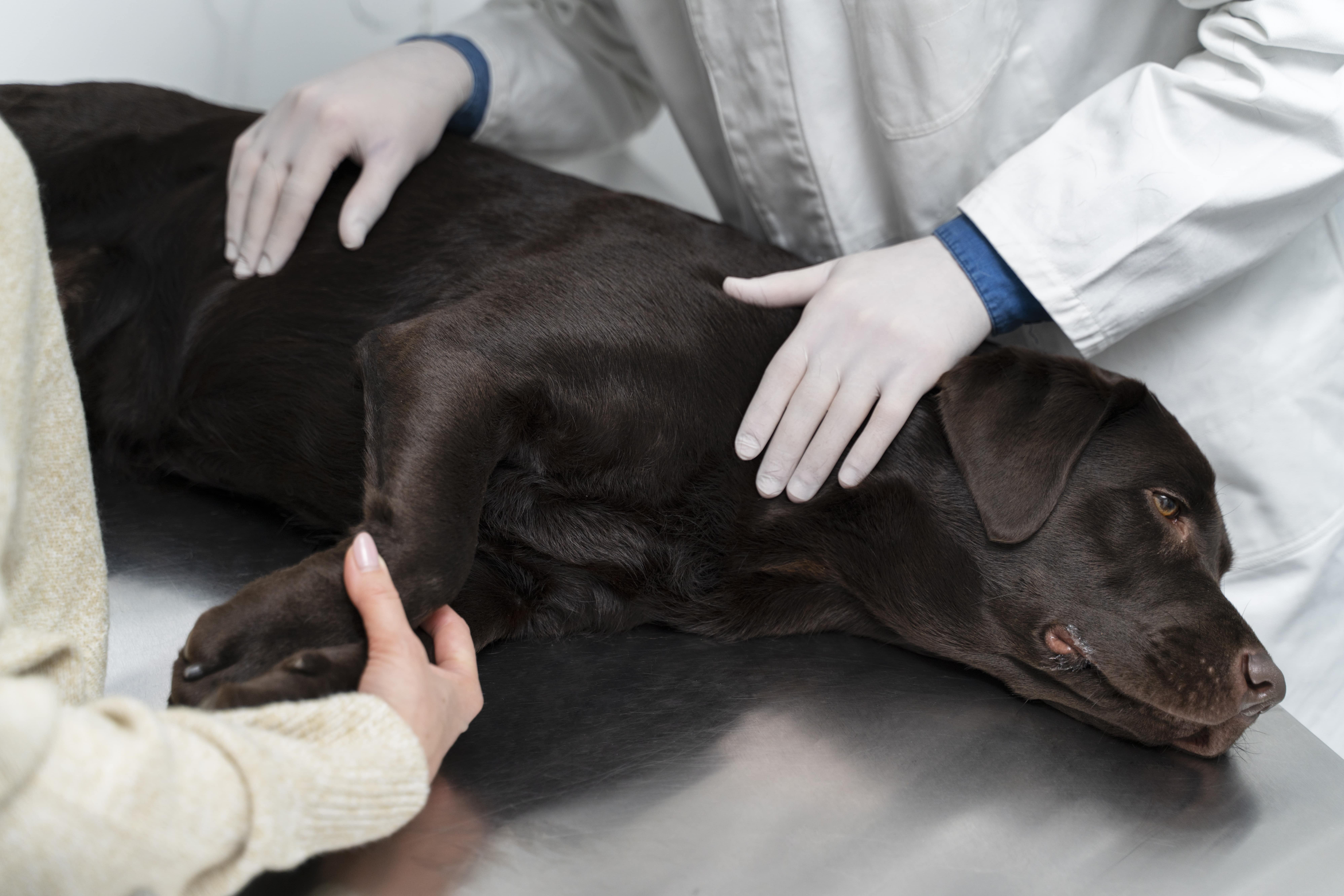Introduction
Pet orthopaedic issues can be a significant concern for pet owners, affecting the well-being and mobility of our furry friends. From dogs and cats to other beloved companions, understanding the various aspects of pet orthopaedics is crucial for ensuring a happy and healthy life for our pets. In this comprehensive guide, we will delve into common pet orthopaedic problems, explore both non-surgical and surgical treatment options, and share compelling stories and case studies of pets who have triumphed over orthopaedic challenges.

Section 1: Understanding Common Pet Orthopaedic Problems
Pet Bones, Joints, Muscles, and More
Before delving into treatment options, it’s essential to grasp the fundamentals of pet orthopaedics. From the structure of pet bones and joints to the intricacies of muscles, tendons, and ligaments, a solid understanding provides the foundation for effective prevention and treatment.
Pet Arthritis: A silent adversary that affects pets as they age, arthritis can diminish their quality of life. Learn how to identify the signs and explore preventive measures.
Pet Hip Dysplasia: More common in certain breeds, hip dysplasia can cause pain and discomfort. Discover the signs, diagnostic methods, and treatment options available.
Pet Patellar Luxation: A condition where the kneecap dislocates, patellar luxation is seen in both dogs and cats. Explore the causes, symptoms, and treatment approaches.
Pet Cruciate Ligament Tears: Commonly known as ACL tears, these injuries can be debilitating for pets. Uncover the causes and various treatment paths for this orthopaedic challenge.
Pet Spinal Injuries: Accidents or degenerative conditions can lead to spinal injuries in pets. Understand the different types of injuries and how they can be managed.
Pet Fractures and Dislocations: Traumatic incidents can result in fractures and dislocations. Learn about the immediate steps to take and the subsequent treatment options.
Pet Sprains and Strains: Overexertion or sudden movements can cause sprains and strains. Explore the differences, symptoms, and appropriate care for these common issues.
Diagnosing Pet Orthopaedic Problems
Early detection is key to effective treatment. Delve into the diagnostic methods used by veterinarians to identify and understand the nature of pet orthopaedic problems.
Section 2: Non-Surgical Treatment Options
Pet Pain Management
Understanding and managing pain is crucial for enhancing the quality of life for pets dealing with orthopaedic issues. Discover non-surgical approaches to pain management, including medications, physical therapy, and alternative therapies like acupuncture.
Pet Physical Therapy, Massage, and Chiropractic Care
Explore the world of rehabilitation through physical therapy, massage, and chiropractic care. Real-life stories will highlight the transformative effects of these non-invasive treatments.
Pet Nutrition and Exercise for Orthopaedic Health
Diet and exercise play pivotal roles in maintaining overall pet health, including their musculoskeletal system. Learn about the importance of a balanced diet and appropriate exercise regimens to prevent and manage orthopaedic issues.
Section 3: Surgical Treatment Options
Pet Orthopaedic Surgery
For more severe cases, surgical interventions become necessary. Dive into the world of pet orthopaedic surgery, covering procedures such as joint replacements, ligament repairs, and fracture fixation. Case studies will provide insights into successful surgical outcomes.
Pet Orthopaedic Implants
Advancements in veterinary medicine have led to the development of various orthopaedic implants. Explore how these implants aid in the healing process and contribute to the overall recovery of pets.
Section 4: Recovery and Rehabilitation
Pet Orthopaedic Recovery
Recovery is a crucial phase in the treatment journey. Uncover the challenges and successes experienced by pets during the recovery period, and gain insights into post-surgery care.
Pet Orthopaedic Rehabilitation
Rehabilitation is a comprehensive approach to ensure pets regain their full functionality. Learn about rehabilitation programs that incorporate physical therapy, hydrotherapy, and other modalities to expedite recovery.
Section 5: Real-Life Tales of Triumph
Share in the heart-warming stories of pets who have faced orthopaedic challenges and emerged victorious. These real-life tales will inspire pet owners and provide hope for those currently navigating similar journeys.
Section 6: Seeking Expert Help
Discover the importance of seeking the expertise of pet orthopaedic specialists, and explore the role of pet orthopaedic clinics and hospitals in providing comprehensive care for our furry companions.
Conclusion
As we journey through the intricacies of pet orthopaedics, from understanding common problems to exploring treatment options and recovery stories, one thing becomes clear – the resilience of our pets and the transformative power of veterinary care. By staying informed and proactive, pet owners can ensure their beloved companions lead happy, healthy lives, even in the face of orthopaedic challenges.
